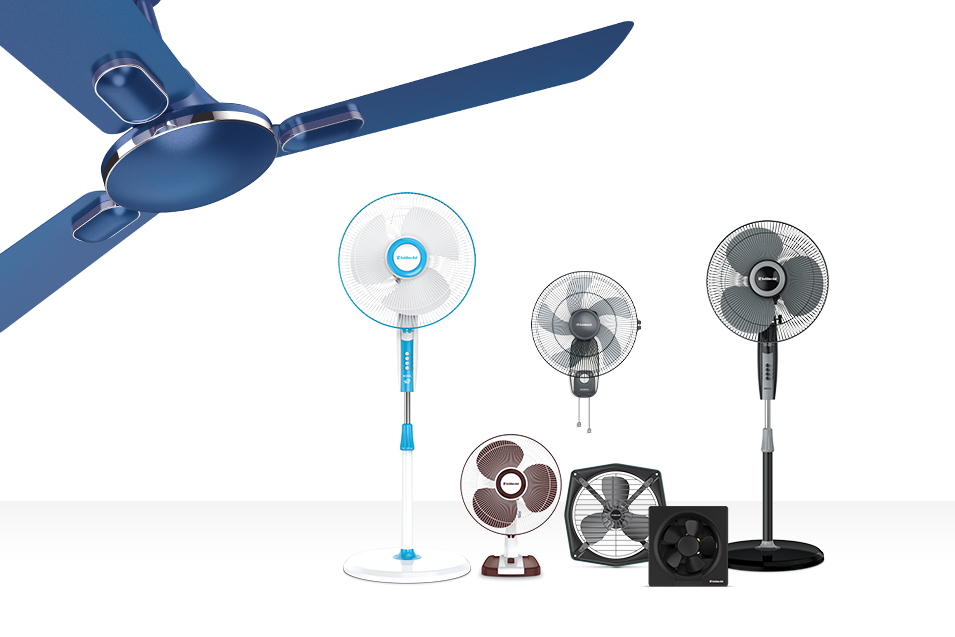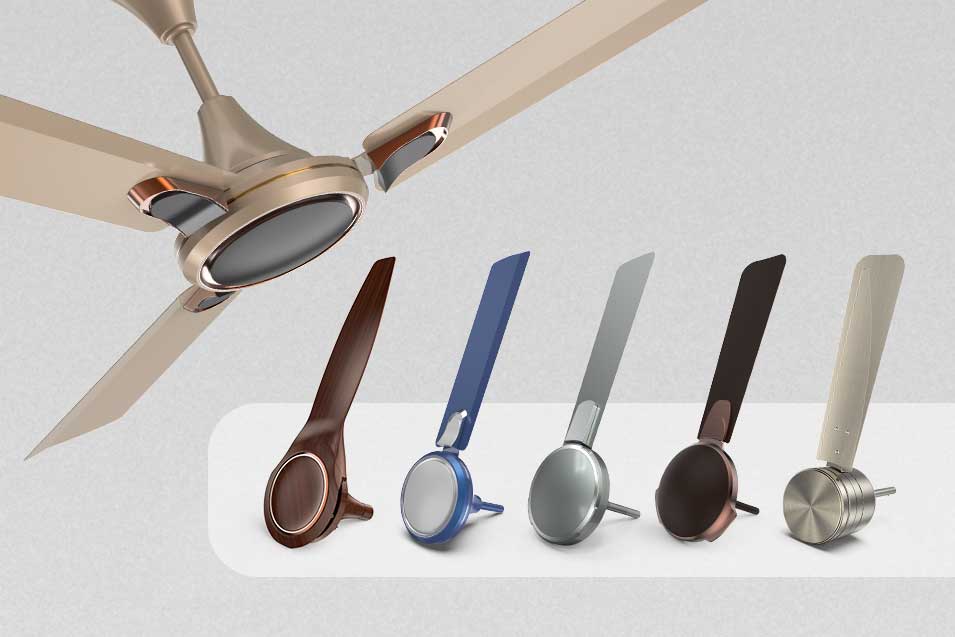
Complete Guide: Understanding How Exhaust Fans Work
08th May 2025 | Written By: Rika Ash | Read Time: 3min | Last Updated: 08th May 2025
Exhaust fans are a must for every household as they enhance the air quality by expelling hot and humid air from homes. While everyone is aware of the basic functionality of exhaust fans, very few are aware of the dynamics of how exhaust fans remove the polluted, damp air. In this blog, we will delve into the details about how exhaust fans work, their mechanics, and benefits.
Components of an exhaust fan
- Motor: The motor is at the heart of the exhaust fan that uses electricity to power the blades.
- Fan Blades: The blades of the fan are significant components as they help suck the stale air and throw it out.
- Duct Collar: The duct collar is the part of the exhaust fan that connects the fan to the air duct, which helps expel the air out of the room.
- Backdraft Damper: The flap on the backside of the exhaust fan is the backdraft damper. This flap on the backside automatically shuts once the fan stops which prevents outside air from entering into the room.
- Housing: The housing holds all other components together and is installed into the ceiling or wall.
- Grill: The grill protects the blades and hides other internal parts of the fan. It ensures good airflow without any restrictions.
How exhaust fan work
Exhaust fans effectively remove the hot and humid air from your space while simultaneously pulling fresh air from outside. When the fan is turned on, its blades rotate to expel stale air from the room through the vent connected to the fan. While expelling the air, a vacuum gets created that pulls in fresh air from outside. This entire process helps in keeping the room fresh and regulates the humidity and temperature of the space.
Apart from the mechanical aspect, there are other important factors that help exhaust fan perform better indoors. Factors like placement play an important role in maintaining good air quality indoors. Since hot air tends to rise upwards towards the ceiling, an exhaust fan installed closer to the ceiling is more effective in expelling hot and stale air. If the fan is placed too low, then the hot air might be trapped at the ceiling.
Besides this, some advanced exhaust fans are also equipped with thermostats and humidity sensors that cause the fan to turn on, once they detect a rise in temperature or humidity levels. That’s not all, there are many types of exhaust fans designed for distinct applications. Selecting the right exhaust fan as per your needs will ensure better results.
What are the Benefits of an exhaust fan?
There are numerous benefits of exhaust fans, including:
- Ventilation: Exhaust fans remove stale air, excessive moisture, pollutants, etc., which helps in keeping the air within the room clean and fresh.
- Reduced humidity: Exhaust fans effectively remove the excess moisture from bathrooms and kitchens.
- Energy efficiency: Exhaust fans consume less power than other fan types.
Exhaust fans are a powerful and effective solution for maintaining a clean, fresh, and healthy indoor space. They remove the stale air, moisture, and odours to enhance air quality and prevent humidity and pollutants from building up. With the right placement and by installing the right type of exhaust fan as per the needs, these fans can function even more effectively.

Frequently Asked Questions (FAQs) :
- Q1. Does an exhaust fan cool a room? An exhaust fan does not cool a room directly, but it removes hot air, humidity, smoke, or odours from your space, making it cooler and fresher.
- Q2. How to calculate fan air flow rate? To calculate a fan’s air flow rate, use the formula: Cubic Feet per Minute (CFM) = (Area of fan blade sweep × Air velocity). Alternatively, manufacturers often provide the airflow rate as well.
- Q3. Can an exhaust fan remove cigarette smell? Yes, an exhaust fan can help reduce cigarette smell by ventilating the smoke and odour out of the room.
- Q4. How does an exhaust fan differ from a ventilation fan? An exhaust fan is designed to expel indoor air, removing heat, moisture, or odours, typically from bathrooms or kitchens. In contrast, a ventilation fan can either draw in fresh air or remove stale air, promoting overall air circulation within a space.
- Q5. Do exhaust fans consume a lot of electricity? No, exhaust fans do not consume a lot of electricity. They are generally energy-efficient appliances, typically using between 15 to 60 watts, depending on the size and model.




